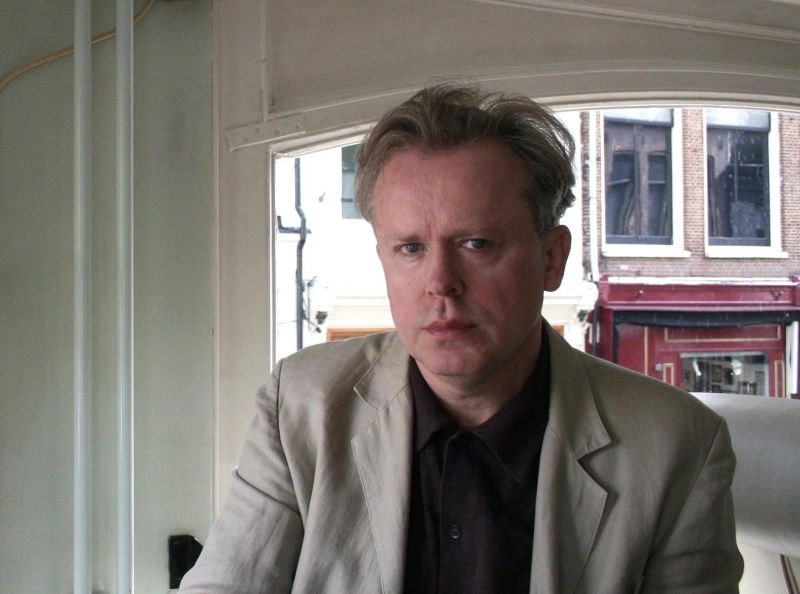Roland Schefferski – Artistic Strategies for Cultural Memory
Mediathek Sorted
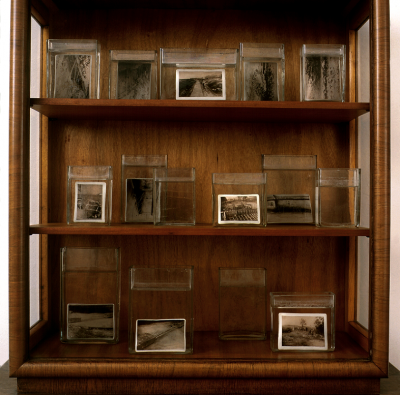
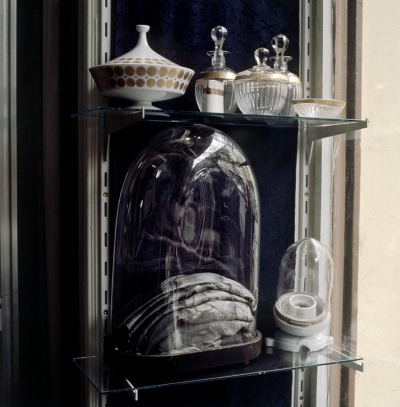
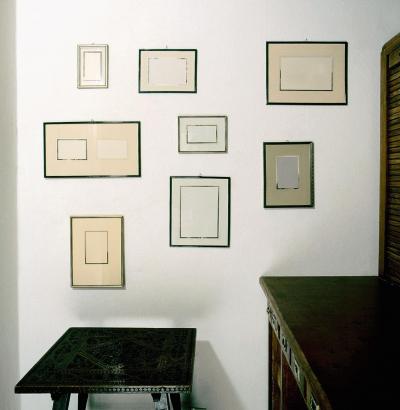
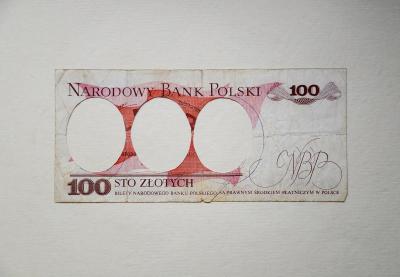
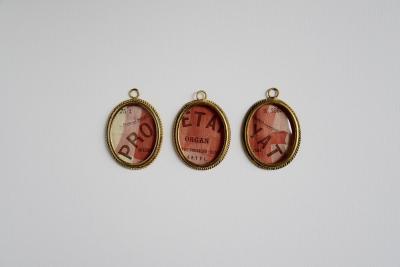
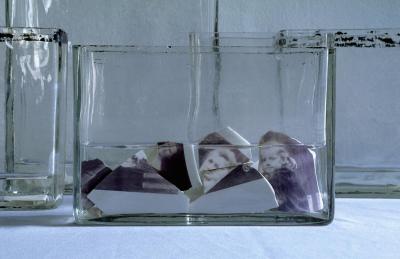
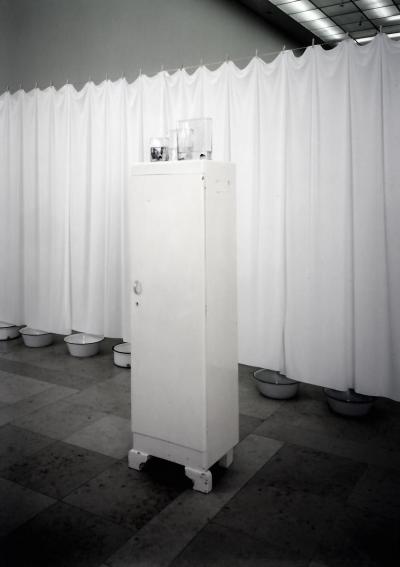
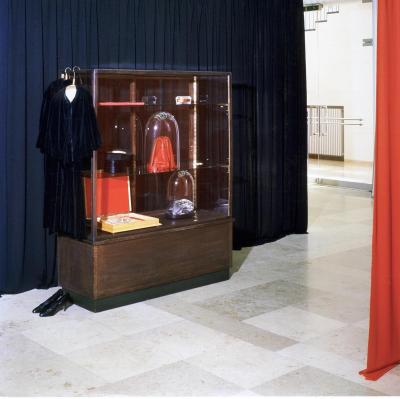
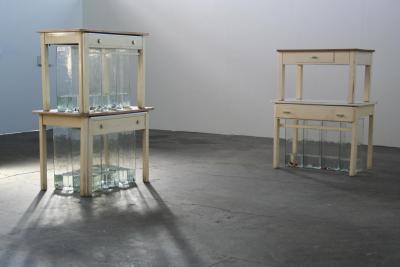
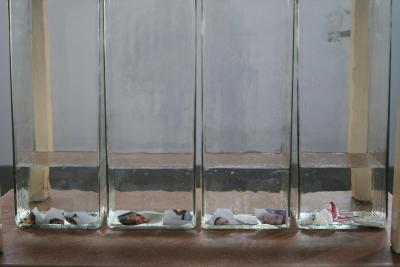

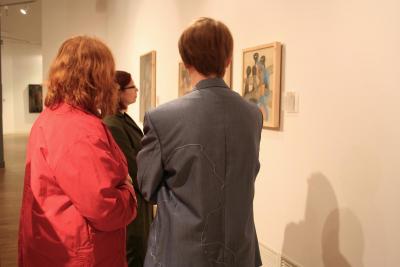
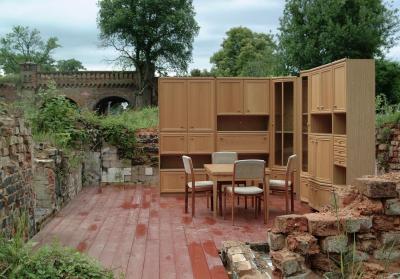
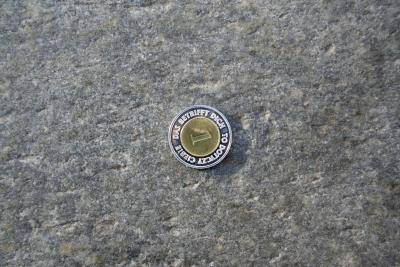
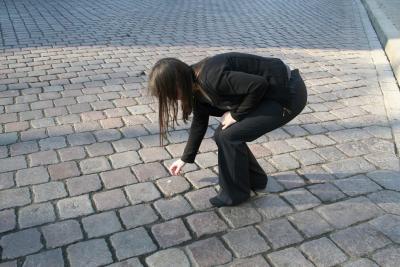
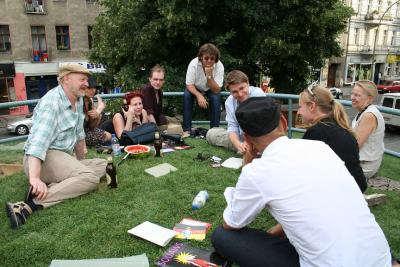

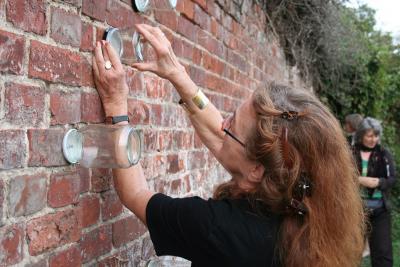
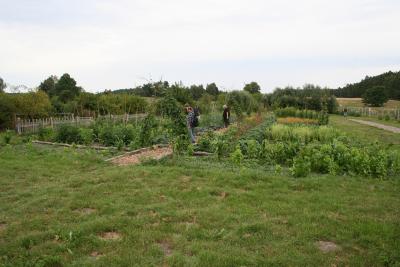
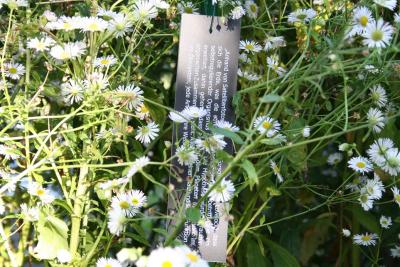
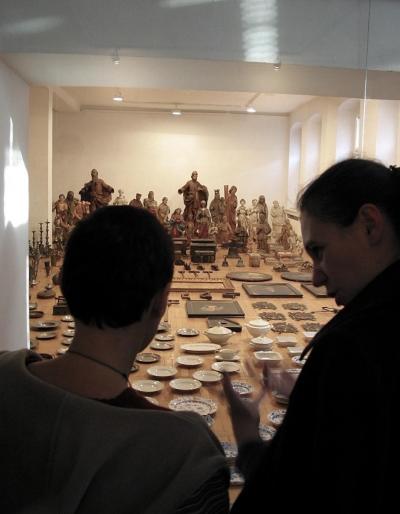
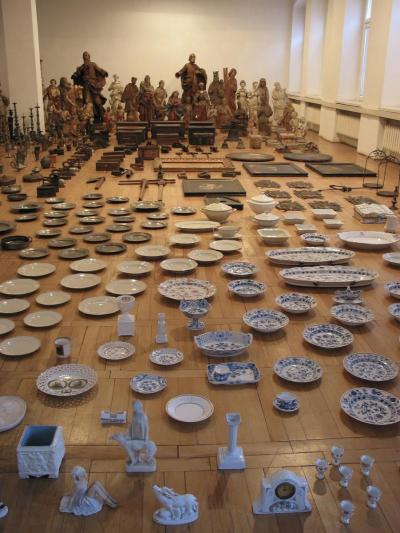
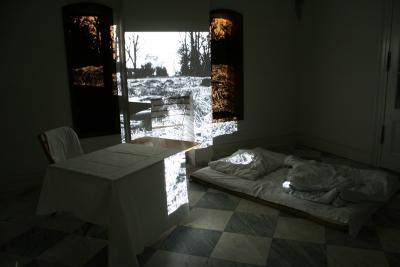

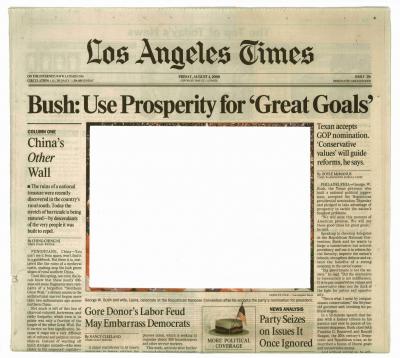
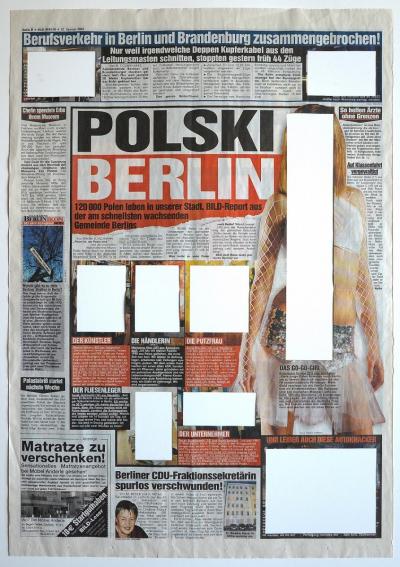

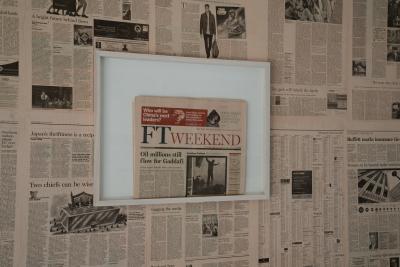
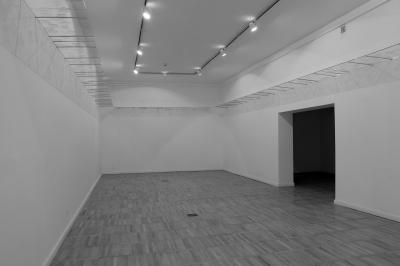
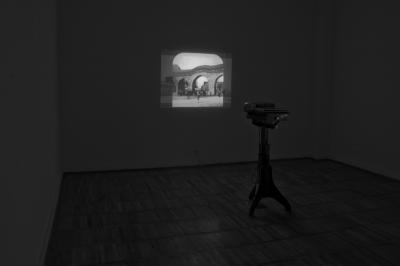
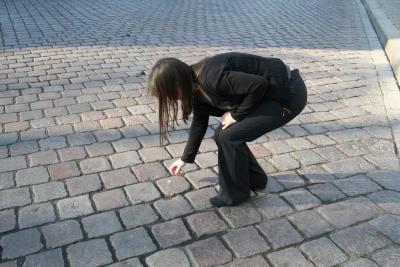
Simone Froboese: Roland Schefferski
































At the start of the 1980s Schefferski turned to object and installation art and since then he has been working on cycles of work. He is interested in searching for traces and processual developments in public spaces. He does this by bringing together abandoned objects (work cycle: Registration of a discarded Reality, starting in 1981) and installations in public spaces (work cycle: Space Identification 1981-84). In the 1990s he began working with everyday historic relics like photos, furniture, old newspapers, banknotes and used clothing that served him as a “trigger for memories and associations“ (Schefferski). They built a "bridge to the original users or owners […], of whom all other traces have long since been swept away”. The artist liberated the objects from their original context by rearranging them with new objects. Sometimes he mutilated them by cutting pieces out of them, breaking them up or embroidering them.
Since 1993 he has been working under the title Sediments with photographs that he first sears into porcelain before storing them in glass vessels full of water. Since 1994 these vessels have been standing in a display cabinet in his installation Retrieved from Memory (ill. 1), that the artist set up in a Berlin apartment gallery along with other pieces of furniture and individual objects that he brought along. Later he burned photos into glazed earthen ware, broke them up and also placed them in vessels full of water. His object “Women of Danzig“ (ill. 5) (1999) features shards of a family photo. These arrangements resemble anatomical compounds and, in doing so, pass on traces of unknown people for posterity. They play a major role in two installations: Events that remain Anonymous (2000), one in the Ostdeutsche Galerie Museum in Regensburg (ill. 6 a, b) and the other, Empty Images (2007) in the Łaźnia Centre for Contemporary Art in Danzig/Gdańsk (ill. 7 a, b). Here they take up the complete space beneath old kitchen wash stands and display shards featuring colour portraits of young people. They focus our attention on the fate and identity of individuals, whereas other objects or the whole environment are inspired by historical and political connections.
Thus in in his exhibition Wiped out images (1997) Schefferski placed sixteen artistic objects consisting of “devotional objects” and everyday furnishings from the former GDR in a Berlin antiquities and junk shop, all of which were related to the Nazi period or the history of the GDR. Several “conserved” silk scarves featuring a portrait of Karl Marx were placed under a bell jar (ill. 2). By contrast, in 1998, in an exhibition in a Danzig antiquities business entitled Fragmentaryczność Pamięci/Fragmenting the Memory visitors were confronted with a defamiliarised relic from Polish history, a banknote from which the artist had cut out the word “Proletariat“ and framed it in three medals (ill. 4 a, b). Both in Berlin as in Danzig visitors have the impression that “scarcely before they were conscious of the fact, they were less in their own present situation and much more in the corresponding “historical continuum”. In 2000 the artist presented a twin installation for the exhibition hall in Regensburg, one part of which was Polish and the other German. Whereas on the Polish side the national colours were whitewashed (ill. 6 a), the objects on the German side were commentaries on National Socialism and the GDR. Here ladies’ costumes, kitchen and lounge furnishings (ill. 6 b) serve to pinpoint the middle classes of both nations as being responsible for their corresponding political conditions.
In 1997 the Berlin exhibition Wiped out images marked a new eponymous work cycle for Schefferski (ill. 3). He cut up private photos from the Nazi period that he had found in photo albums in flea markets in such a way that the only thing left from the picture was its narrow edge. For Schefferski this was a simple strategy indicating the process of repression that had taken place in Germany during the post-war era. Visitors were given the opportunity to consider in their own minds what remained of images of the time in their own memory. In his Danzig exhibition entitled Fragmentaryczność Pamięci/Fragmenting the Memory visitors were asked to associate similar images of the German past in Poland that they had attempted to wipe out of their memory after the war. In an interactive action with the viewer the Wiped out images appealed to the cultural and collective memory of both the nations involved. Schefferski’s action Stwórz sobie własny obraz Berlina/Make your own Picture of Berlin, shown in Warsaw in the year 2000, worked with the collective memory of the Polish people. On fifty poster walls the artist showed nothing but the borders of official Berlin advertising and invited the inhabitants of the Polish capital to check the possible clichés in their own image of the Germans (ill. 8).
A huge number of Schefferski’s artistic actions touch on interactive processes and intervene temporarily, unexpectedly and sometimes scarcely perceptibly, in the art business or in everyday life. In his action entitled Berliners, that he presented between 2000 and 2012 in exhibitions in Warsaw, Los Angeles, Berlin and Kraków (amongst others), he invited viewers to exchange their coats and jackets at the cloakroom with coats and jackets that he had previously embroidered with the silhouettes of real persons living in Berlin (ill. 9). In doing so he created a symbolic interaction between partially separated places and groups of people. He stimulated discussions between artists and random passers-by and visitors during festivals in Milan (1998) and Linz (2002); in 2003 on the occasion of his installation Inwentaryzacja/Inventory in the Lebuser Landesmuseum in Zielona Góra (ill. 15 a, b), and 2006 in Berlin-Neukölln under the title Conversation in the Green Area (ill. 12).





















































































